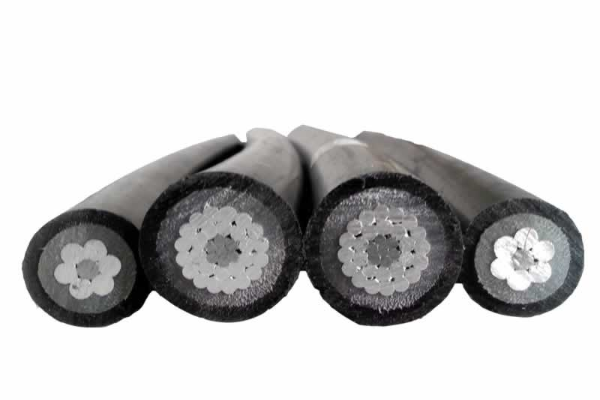Air cables are key elements of energy transmission. They play an essential role in the field of electricity. Not only are air cables widely used for the transmission of high voltage electricity, But they also play an important role in distribution systems in urban and rural areas.
This article will deeply explore the following aspects : Definition of air cables, their characteristics, current types, The fields of application, Technical parameters and standards, as well as environmental safety and impact. What's more, We will present the unique advantages of ZMS cables in this sector.
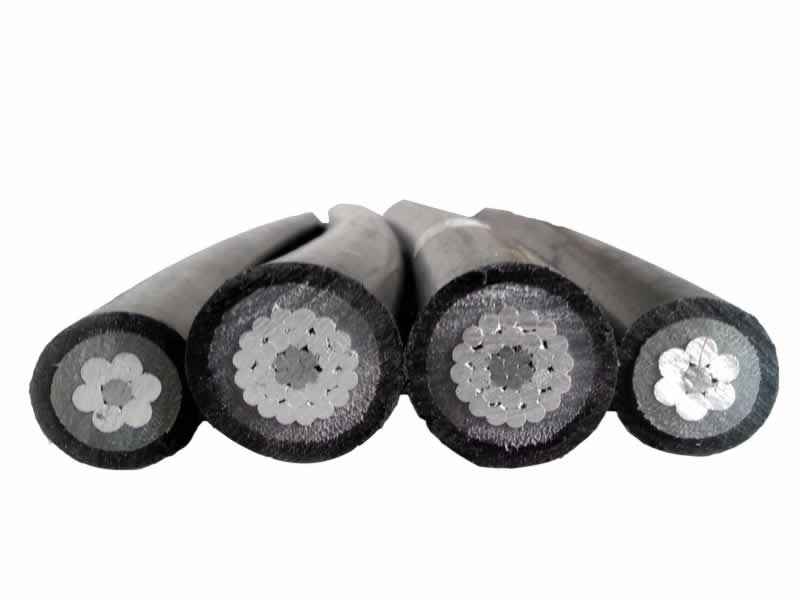
Definition and characteristics of air cables
Air cables are cables used for electricity transmission. They are suspended from poles or other support structures. These cables are mainly made up of conductors and insulating materials.
Compared to buried cables, Air cables have several remarkable characteristics :
- Lightness : Air cables are lighter than other types of cables. This facilitates their installation and maintenance. Therefore, This also reduces transport and construction costs.
- Ease of installation and maintenance : Thanks to their design, overhead cables do not require digging or placing conduits during installation. The construction time is therefore short. What's more, Daily maintenance is relatively simple.
- Good adaptability : Air cables can adapt to various climatic conditions. They have good wind resistance capacities, to snow and ice.
Current types and models
Air cables are available in many varieties. Here are some current air cable models and their characteristics :
ACSR (Aluminum cable reinforced by steel)
Structure : The ACSR cable is made up of an aluminum conductor and a steel heart. Aluminum ensures conductivity, While steel provides mechanical resistance, thus guaranteeing stability in difficult environments.
Application : It is widely used for the transmission of high voltage electricity, especially for long -distance transport lines.
Advantages and disadvantages : It has high tensile resistance, But its conductivity is slightly lower than that of conductors entirely in aluminum.

AAC (Aluminum driver)
Structure : This cable consists of several braided aluminum threads, forming an important transversal section to ensure low resistance.
Application : The AAC cable is adapted to the transmission of electricity over short distances and for small loads, particularly common in urban distribution networks.
Advantages and disadvantages : Its corrosion resistance is excellent, But its ability to endure the traction is relatively low.
AAAC (Alloy aluminum driver)
Structure : Made of aluminum aluminum, This cable combines lightness and improved resistance characteristics.
Application : The AAAC cable is used for long -distance transmission and under extreme climatic conditions.
Advantages and disadvantages : It offers good resistance to corrosion and traction, But its cost is relatively high.
XLPE insulation cables
Structure : These cables use reticulated polyethylene as an insulating material, offering excellent electrical performance and good heat resistance.
Application : They are mainly used in urban electrical distribution networks, effectively preventing short circuits and electric shocks.
Advantages and disadvantages : The manufacturing process is relatively complex, which increases the cost, But security is considerably improved.
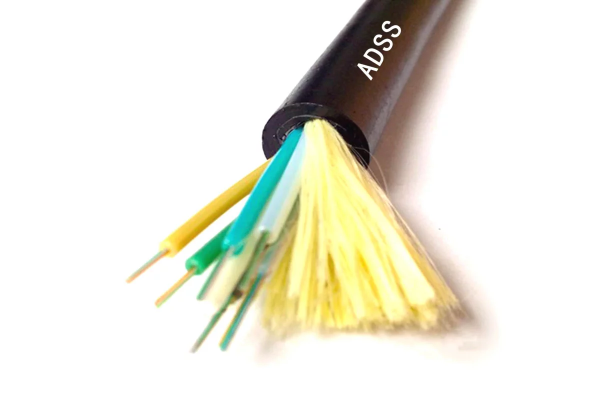
Freestable air cables
Structure : Designed to be self -supporting, These isolated cables can be suspended directly from the posts.
Application : They are widely used for power supply in urban and residential areas, effectively reducing the risk of electric shock.
Advantages and disadvantages : Their installation is easy, But the requirements for cable materials and insulation performance are high.
The types of self -supporting air cables generally include :
ADSS (Self -supporting cable in dielectric material) : The adss is made up of entirely dielectric materials. It can bear its own weight while allowing the transmission of fiber optics, And it is widely used for communications on electric lines.
SIS (Self -supporting insulation cable) : Mainly used for electrical transmission, This cable has an insulation layer and self -supporting characteristics. It is suitable for high -voltage electricity transmission.
DCA (Dielectric self -supporting air cable) : This type of cable is isolated and designed to be used in aerial environment while being self -supporting. Electricity and communications are suitable for.
ZC (Self -supporting air cable) : This cable is designed for a self -supporting installation in aerial, And it is widely used in electrical distribution systems in urban and rural areas.
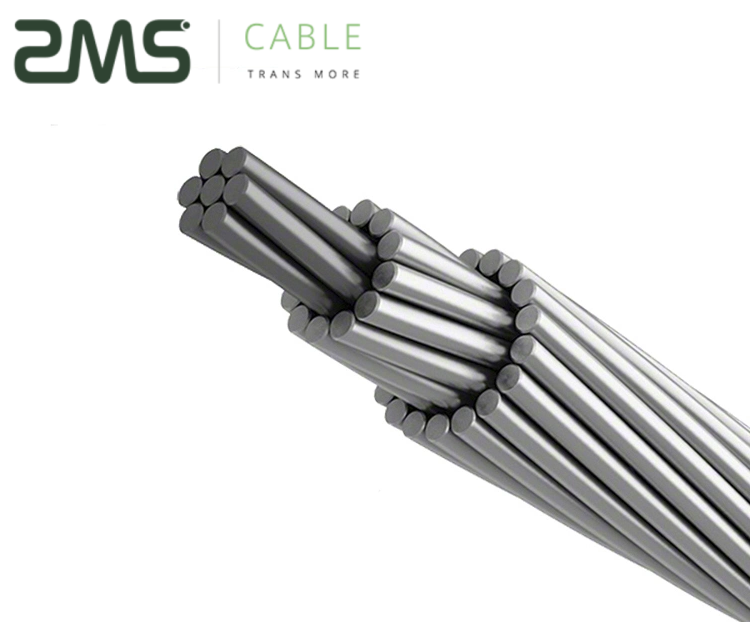
Areas of application
Air cables have a wide range of applications, notably :
- High voltage electricity transmission : Air cables are commonly used in high voltage transmission lines. They can transport powerful electric currents over long distances.
- Urban electrical distribution : In an urban environment, Air cables provide a reliable power supply, meeting the needs of residents and commercial facilities.
- Rural power supply : In rural areas, Air cables are an essential means of electricity supply. They effectively reduce installation costs and improve electric coverage.
- Special environments : In regions with extreme climates or complex environments, wind and snow resistance of air cables makes it a privileged solution.
Technical parameters and standards
When choosing and applying air cables, Technical parameters and standards are crucial. The main technical parameters include :
- Transport capacity : This determines the current that the cable can support safely. It is generally influenced by the driver's material, the transverse section and the ambient temperature.
- Traction resistance : This characteristic measures the strength of Summary cable. It guarantees that the cable does not break in difficult weather conditions.
- Insulation level : This affects cable safety and is classified according to the voltage resistance capacity of the insulation.
Relevant international and national standards include IEC standards (International electrical engineering commission) the GB (Chinese national standards). These standards provide important bases for design, cable production and application.

Advantages of ZMS cables
As a leading brand in the field of air cables, ZMS has several unique advantages :
- Choice of materials : ZMS uses high purity aluminum and quality alloys for its drivers. These materials display excellent conductivity and high corrosion resistance. This guarantees effective performance and prolonged durability of cables.
- Advanced manufacturing process : ZMS cable production combines modern equipment with rigorous quality control. So, Each cable complies with international standards and has excellent mechanical and electrical performance.
- Reliability : ZMS cables undergo strict tests and evaluations. This guarantees their stability in extreme conditions, like high temperatures, high humidity or intense cold, thus reducing the risk of breakdowns.
- Ecological design : ZMS emphasizes ecology in the choice of materials and the production process. This is minimizing the environmental impact of manufacturing and respects relevant ecological regulations.
Security and ecology
In the use of air cables, Safety and ecology are essential priorities. Air cable safety manifests itself in several areas :
People safety : Isolated air cables effectively reduce the risk of electric shock, especially in urban and residential applications. They thus protect the security of the daily life of people.
Environmental protection : The use of ecological materials and manufacturing processes non -toxic decreases environmental impact Air cables. This also increases the reusability of resources.
Security in case of breakdown : ZMS cables are designed to withstand external forces, like the wind, Snow and ice. This guarantees their safety even in extreme climatic conditions.
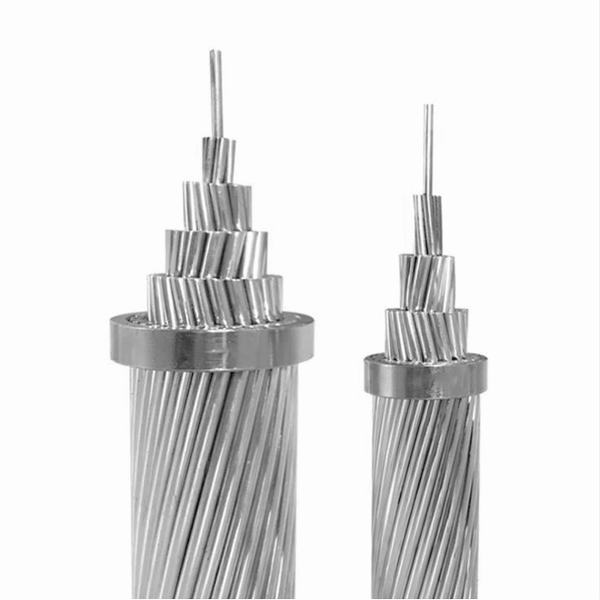
Market trends and development prospects
With the global emphasis on renewable energies and the acceleration of urbanization, Air cable demand continues to grow. Future market trends are manifested in several areas :
Development of smart electrical networks : With the emergence of intelligent networks technology, Air cables will be used more and more in electrical monitoring and automated control.
Use of ecological materials : The growing demand for environmentally friendly materials pushes towards a design and dighter air cable production.
Technological innovation : The application of new materials and techniques will improve the performance of air cables while reducing energy consumption and maintenance costs.
Maintenance and maintenance
To ensure long -term safety and efficiency of air cables, regular maintenance is essential. Here are some maintenance tips :
- Regular checks : Inspect the cable appearance regularly, connection points and insulation to quickly detect potential problems.
- Cleaning maintenance : Keep the surface of clean cables to avoid the accumulation of dirt and corrosive substances that could harm cable performance.
- Breakdown resolution : Establish a fault detection mechanism. As soon as a problem is identified, Quickly take repair measures to avoid greater losses.
Conclusion
Air cables are a key element of modern electrical transmission. Through a detailed analysis of air cables, We can appreciate their complexity and technological content in terms of design, manufacturing and application.
ZMS is distinguished on the air cable market thanks to its high quality materials, to its advanced manufacturing processes and exceptional performance. This makes it a leader in industry.
In the future, with continuous market development and technological advances, Air cables will play an increasingly important role in various fields. They will help promote sustainable development of the electricity sector.

